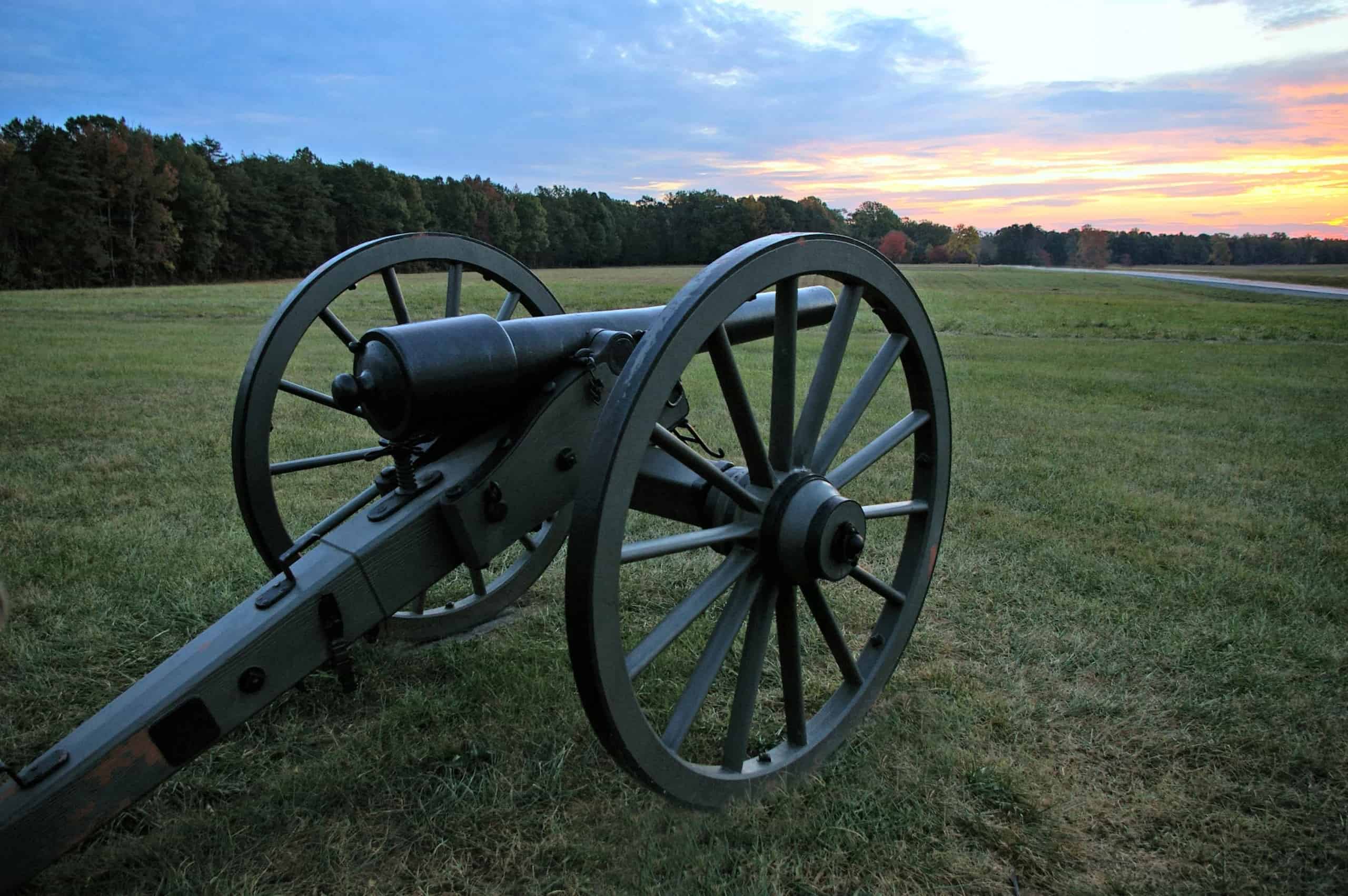
The Battle of Chancellorsville stands as one of the most intriguing clashes of the American Civil War. Fought from April 30 to May 6, 1863, this battle showcased the strategic genius of Confederate General Robert E. Lee. Despite being outnumbered, Lee's audacious tactics led to a significant Confederate victory. However, this triumph came at a steep cost, including the loss of General Stonewall Jackson. Why does this battle captivate historians and enthusiasts alike? Because it highlights the unpredictable nature of war and the thin line between victory and defeat. Dive into these 13 fascinating facts to understand why Chancellorsville remains a pivotal moment in American history.
The Battle of Chancellorsville: An Overview
The Battle of Chancellorsville was a significant conflict during the American Civil War. Fought from April 30 to May 6, 1863, it showcased the tactical brilliance of Confederate General Robert E. Lee. Here are some fascinating facts about this pivotal battle.
-
The battle took place in Spotsylvania County, Virginia, primarily around the Chancellorsville crossroads.
-
Confederate forces were significantly outnumbered, with approximately 60,000 troops against the Union's 130,000.
-
General Lee executed one of his most daring strategies by dividing his forces in the presence of a much larger enemy.
Key Figures and Strategies
Understanding the key players and their strategies provides insight into the battle's outcome. Here are some critical details about the leaders and their plans.
-
General Joseph Hooker led the Union Army of the Potomac, known for his aggressive tactics.
-
General Lee's decision to split his army was risky but ultimately successful, showcasing his bold leadership.
-
Stonewall Jackson played a crucial role, leading a surprise flank attack that disoriented Union forces.
The Impact of Terrain and Weather
The environment played a significant role in the battle's dynamics. The dense wilderness and weather conditions influenced both sides' strategies.
-
The battle occurred in a heavily wooded area known as the Wilderness, which limited visibility and maneuverability.
-
Thick underbrush and tangled vines made communication and coordination challenging for both armies.
-
Weather conditions, including fog and rain, added to the confusion and difficulty of the battle.
Casualties and Aftermath
The Battle of Chancellorsville was one of the bloodiest battles of the Civil War. The high number of casualties had a lasting impact on both sides.
-
The Union suffered approximately 17,000 casualties, while the Confederates had around 13,000.
-
Despite the Confederate victory, the South lost one of its most capable generals, Stonewall Jackson, who was accidentally shot by his own men.
-
The battle significantly boosted Confederate morale but also highlighted the high cost of such victories.
Legacy and Historical Significance
The Battle of Chancellorsville remains a subject of study for military historians and enthusiasts. Its lessons continue to influence modern military strategy.
- The battle is often cited as General Lee's greatest victory, demonstrating his tactical genius and willingness to take risks.
The Battle of Chancellorsville stands as a testament to the complexities and human cost of war. Each fact reveals a piece of the larger story, painting a vivid picture of this historic conflict.
The Battle's Legacy
The Battle of Chancellorsville remains one of the most fascinating events in American history. Known for General Robert E. Lee's audacious tactics, this battle showcased both brilliance and tragedy. Lee's decision to divide his forces in the face of a larger enemy was risky but led to a significant Confederate victory. However, the loss of General Stonewall Jackson was a severe blow to the Confederate army.
This battle also highlighted the importance of leadership and strategy in warfare. The Union army, despite its numerical superiority, suffered from poor coordination and leadership under General Joseph Hooker. This contrast in leadership styles between Lee and Hooker played a crucial role in the battle's outcome.
Understanding these facts about the Battle of Chancellorsville provides valuable insights into the complexities of war, leadership, and decision-making. The lessons learned from this battle continue to be studied and remembered today.
Was this page helpful?
Our commitment to delivering trustworthy and engaging content is at the heart of what we do. Each fact on our site is contributed by real users like you, bringing a wealth of diverse insights and information. To ensure the highest standards of accuracy and reliability, our dedicated editors meticulously review each submission. This process guarantees that the facts we share are not only fascinating but also credible. Trust in our commitment to quality and authenticity as you explore and learn with us.


